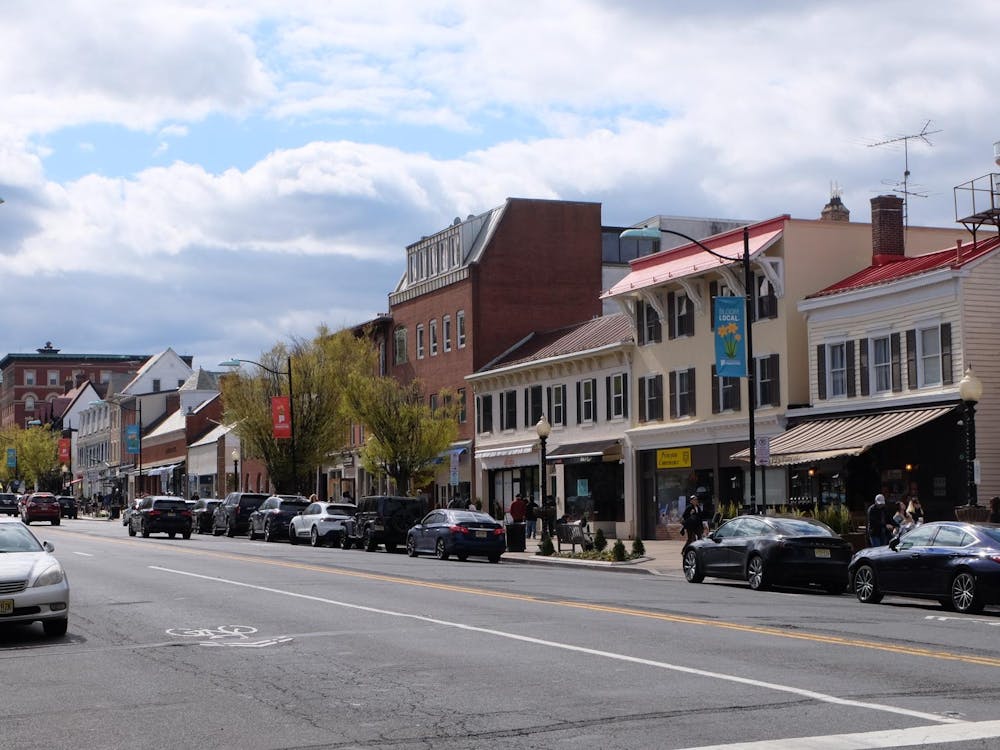A panel of researchers and activists discussed the challenges surrounding the increasing rates of AIDS among young American gay and bisexual men on Wednesday evening in Frist Campus Center.
Though the rates of infection among men who have sex with men, or MSMs, fell during the 1980s and 1990s, the last decade has seen a reversal in the trend. MSMs accounted for 61 percent of new cases in 2009, and young black MSMs experienced the highest increase in HIV incidence — 48 percent — between 2006 and 2009.
The panelists addressed several reasons for this, including the persistence of poverty and marginalization in LGBT, African American and African communities as well as advancements in medical technology leading to “treatment optimism” and unsafe sex.
“Why are the numbers so high in the black community? People ask this question all over the world, whether you’re in Pennsylvania or Tanzania,” The Balm In Gilead founder and chief executive officer Pernessa Seele said. “Perhaps it’s the poverty level.”
The Balm In Gilead is a national organization working to turn black churches into centers of support for people with AIDS and HIV.
Director of the AIDS Clinical Trials Unit at the University of Pennsylvania Pablo Tebas added a scientific perspective to why “Africans and Blacks are more frequently infected than whites.”
These populations are less likely than white populations to have a genetic mutation that eliminates a receptor that allows the HIV virus to infect cells, he said. He explained that the mutation was positively selected for in white populations because it also provided relative immunity against the plague — an epidemic that did not affect Africa.
Meanwhile, director of U.S. Advocacy for Health GAP (Global Access Project) Matthew Kavanagh discussed problems such as homelessness and poverty in the queer community.
“It’s also an issue of power, class, race and sexual orientation,” he said.
Kavanagh said that the problem is not so much that young men are unaware of the dangers of unsafe sex. Instead, their sexual choices are influenced by partners who provide financial security but practice unsafe sex because many are unemployed or were evicted from their homes by family members, he explained.
But it is more important to focus on how we can learn from the reduction in HIV infections during the 1980s and 1990s instead of asking why rates have recently increased, City University of New York psychology professor Sarit Golub said.
“Asking the wrong questions gives you the wrong information,” she said. “Because it emphasizes the wrong syllable.”

She noted that this led to the American government recently using what Golub called “extraordinary scare-based, fear-based campaigns that try to force people out of treatment optimism and prevention fatigue.” These included posters bearing taglines such as “He’s the one that could infect you,” she said.
Golub added that other posters “equate condom use as a lack of intimacy and trust,” which leads to unsafe sex. Referring to successful awareness campaigns used by the LGBT community in the 1980s, she said that it was important to focus on promoting a sense of caring about “your health and that of your partner.”
Tebas said that even though Pre-Exposure Prophylaxis (PrEP) — which involves treating HIV-negative people who are at risk for HIV using antiretroviral medications (ARVs) — can reduce the chances of infection by 96 percent, the costs of both preventive measures and treatment are significant barriers.
HIV and AIDS is a political, social and public health challenge for America in general. Around 1.2 million Americans live with HIV today and approximately 50,000 more become infected annually. A significant barrier to treatment is a lack of awareness, and approximately 20 percent of infected people do not know that they are HIV positive.
The event was attended by around 50 students, faculty and community members. can reduce the chances of infection by 96 percent, the costs of both preventive measures and treatment are significant barriers.







